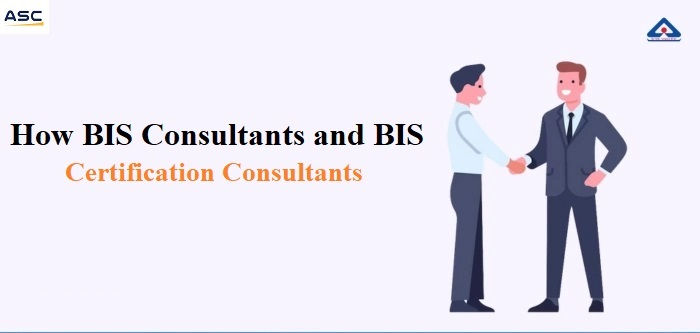A Guide for Understanding SVB Customs: Registration, Compliance and SVB Registration
- groupasc93
- 14 hours ago
- 3 min read
Accurate valuation is crucial for a fair assessment of customs duties in international trade. It is possible that goods imported by related parties may not have the same value as the transaction declared. To ensure transparency and compliance, the Special Valuation Branch is crucial in dealing with related-party transactions.
What does the Special Valuation Branch do?
Special Valuation Branch, a unit within the Indian Customs Department, examines how relationships affect the price of imported goods. The Special Valuation Branch ensures the declared value of transactions between related companies, like parent and subsidiary, are not altered to avoid customs duty.

The Special Valuation Branch Customs is part of the Central Board of Indirect Taxes and Customs. It operates in major ports such as Mumbai, Delhi and Chennai.
SVB registration: When do you need to register?
Registration must be completed when there are import transactions between parties who have a relationship. It is possible that these relationships could influence the prices declared. Importers must provide information about transfer prices, royalties, fees for technical assistance, and any other financial arrangements.
An application for registration of the SVB must be filed by an importer with his jurisdictional authority. The customs officer can direct an importer, once the application is filed, to register at the SVB in order for the SVB to conduct further investigations and valuation analyses.
SVB Registration Procedure
For a fair value of imports, the registration process involves several steps.
Questionnaire Submission: An importer is required to submit an extensive questionnaire (Annexure A) that contains information on the business relationship, price, and conditions of sale.
Documentation to Support the Request: Invoices, agreements, policies on pricing, and documentation related to transfer pricing must be submitted.
Initial Scrutiny Customs officials review documents, and if necessary refer cases to Special Valuation Branch of Customs.
Analysis & Investigation: SVB investigates whether or not the relationship between importer and suppliers affects price.
Issue of Order: Following evaluation, SVB issues a decision confirming if the declared value can be accepted or if it requires adjustments.
Validity of SVB orders and renewal of SVB orders
The SVB order is valid once it has been approved, unless the terms of the transaction or the relationship between importer and provider have changed significantly. Importers must notify customs authorities of any changes and they may be required to go through a review.
The Importance Of SVB Compliance
Maintaining Customs Compliance with SVB ensures smooth imports and prevents delays, penalties or reassessments. Compliance with SVB Customs can result in increased scrutiny, higher duties, and possible legal implications.
A timely SVB Registration helps to avoid demurrage fees and allows for seamless clearing of goods in ports.
ASC Group's Help with SVB Compliance and Registration
Importers can find it difficult to navigate the Special Value Branch Customs processes. ASC Group offers end-to-end services to businesses, including documentation and representation in front of customs officials, as well as ensuring compliance with registration standards. The team simplifies every step of the process, from application submission to clearance. This helps companies avoid delays and valuation disputes.
Conclusion
Special Valuation Branch is a crucial part of the Customs Division. It ensures that values are accurate and reflect market conditions. Businesses that import related parties must ensure compliance and regulatory transparency by registering with the SVB Registration in a timely manner. Working with professionals such as ASC Group helps businesses to stay compliant and minimize risk, so they can focus on core operations.



Comments